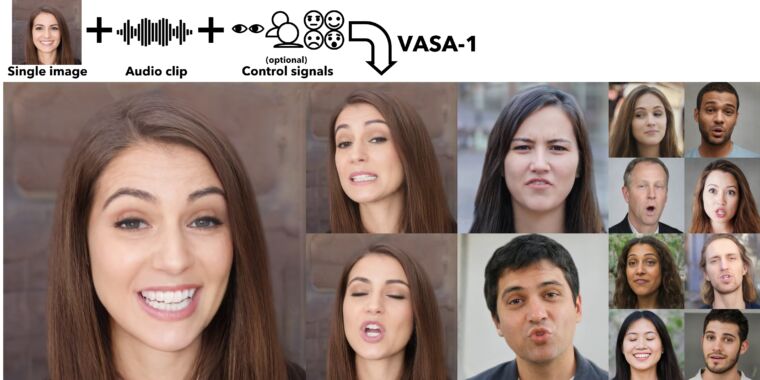DavidGraham
Veteran
For non important/secondary NPCs (pedestrians/common enemies) in open world games, this tech is miles ahead of any voice over trash we have in current open world games, right now the best you can hope for talking to a pedestrian is a couple of soulless voiced over lines that repeat forever. With this tech, you will have vastly more immersive worlds that are more dynamic and responsive. It's still early days for the tech too (it's a demo after all), it's going to vastly improve with time, just like ChatGPT.The voice is terrible, 0 stars, the responses aspire to the heights of chatgpt 2, no serious gamedev would use this with a straight face. It's a great example of Nvidia experiencing too much success and starting to throw money into a dumpster fire just like all tech companies that get big enough eventually start doing. (That being said I wouldn't be surprised if Ubisoft makes an "experimental" game with this, because they'll throw money at literally anything new).


